Results 5,141 to 5,150 of 12096
Thread: Anandtech News
-
07-02-15, 10:31 AM #5141
Anandtech: The AMD Radeon R9 Fury X Review: Aiming For the Top
Having launched last week and being reviewed today is AMD’s Radeon R9 Fury X, the company’s new flagship single-GPU video card. Featuring a fully enabled Fiji GPU, the R9 Fury X is AMD's new Fiji GPU at its finest, and a safe bet to be the grandest video card AMD releases built on TSMC’s 28nm process. Fiji is clocked high, cooled with overkill, and priced to go right up against the only GM200 GeForce card from NVIDIA that anyone cares about: the GeForce GTX 980 Ti.
More...
-
07-02-15, 03:30 PM #5142
Anandtech: Motherboards with DDR3L and DDR4: Biostar
With Intel’s latest extreme platform, Haswell-E and X99, supporting DDR4, all fingers have been pointing towards the state of DDR4 support for the 100-series motherboards and Intel’s 6th generation of processors, Skylake. At Computex we saw a number of 100-series motherboards, although I want to point out a couple which showcase a little of the DRAM support we should expect.
At the Biostar booth there was a H170 motherboard and a B150 motherboard that had clearly defined DDR3 and DDR4 memory slots:
The H170Z3 in show looks similar to a standard mATX motherboard using a single PCIe 3.0 x16, a couple of PCI slots, support for USB 3.0, SATA Express and M.2. It’s the DRAM slots with different spacing that act as the giveaway:
Note at the motherboard it states DDR3_A1 and DDR4_A1. Further questioning at the booth gave us two tidbits of information. Firstly, DDR3 is technically DDR3L, because the 1.35V requirement of DDR3L aligns better with the 1.2V (or 1.35V of high speed) DDR4 requirement. Regular DDR3 may work, though chances are it will not be tested. The other point of information was to be expected, because it mirrors that of the previous changeover – DDR3 and DDR4 cannot be used at the same time. As a result, this motherboard is essentially a one DIMM per channel design, but allows users an upgrade path if they already own DDR3L.
A full sized ATX-based B150Z5 with both DDR3 and DDR4 slots was also on show. It would seem (looking at the other motherboard manufacturers as well) that this type of hybrid design will not be on the Z170 series of motherboards, and is more resigned to the sub-$120 market. We would expect other manufacturers to come out with similar products as well.
More...
-
07-02-15, 10:02 PM #5143
Anandtech: Windows 10 Editions Compared
Today Microsoft has finally created tables outlining what the different versions of the operating system are going to feature. It was back in May that they finally announced all of the versions of Windows 10 that are coming, but the actual features of each version was still a mystery. We could of course take an educated guess based on history, but as of today there is finally a list of all of the features broken down by version.
As a refresh, on the PC there are four basic versions. Home and Pro are the two that will be available for most people to purchase, and Enterprise is available to customers with volume licensing agreements. There is also an Education edition targeted towards that market.
As expected, Home has the fewest features available. Much like previous versions, there is no support to join an Active Directory domain, but that was not expected either. One thing that many users were hoping to see on Windows 10 Home is BitLocker support. BitLocker is Microsoft’s drive encryption suite, and Windows 10 Home does not have this unfortunately. There can still be encryption, but only as part of InstantGo, which was formerly known as Connected Standby. InstantGo is Connected Standby plus device encryption, and that is available to Home.
Windows 10 Pro keeps support for Remote Desktop, and it can of course join an Active Directory domain just as in prior versions. It also has access to the new Windows Update for Business service, but it must be kept on the Current Version branch.
Enterprise and Education are very similar, and both offer practically the same feature set. The one big difference is that Enterprise customers can opt into the Long Term Servicing Branch whereas Education customers cannot.
Pro, Enterprise, and Education also have access to the Business Store for Windows 10, and even the Home version supports side-loading of business apps.
One thing that is nice to see is that all versions feature support for Mobile Device Management, although the Home version will not have this support initially and it will be added at a later time.
Source: Microsoft via ZDNet
More...
-
07-02-15, 10:02 PM #5144
Anandtech: You Might Not Get Windows 10 On July 29, But You Get A New Build Today
Another day, and another build of Windows 10 has been released to the fast ring. With Windows 10’s official release date of July 29th coming up very quickly now, Microsoft has shifted gears to bug fixes and polish. As I noted just yesterday, build 10158 and 10159 have made some big strides in stability and polish, and today’s build of 10162 is much the same. In fact, unlike all other builds so far, the blog post outlining the new build does not even list any new features other than bug fixes.
The last couple of builds have all been to the fast ring. For those that don’t follow this as closely as I do, Windows 10 Insiders can choose whether to get fast builds or slow builds, and with the latest builds there is now an option to opt out of builds altogether as Microsoft prepares for the launch. The fast ring is more likely to have bugs, and the slow ring should be a bit more stable. Although not a strict policy, fast ring builds do not normally get released as ISOs either for a clean install, but slow ring builds do get ISOs.
With 10162, Microsoft has released it to the fast ring but their internal testing shows that this is likely going to be a good candidate for the slow ring people. Assuming there are no glaring bugs discovered it should be released to slow soon. That should give them a lot more feedback as well, since there are now over five million people now in the Insider program.
Microsoft also announced today their strategy to the initial Windows 10 upgrade cycle. With Windows 10 being officially released on July 29th, you may have assumed that everyone would get the software that day, but with over a billion devices running Windows, Microsoft is going to slow the rollout somewhat.
First, very soon OEMs will receive Windows 10 so that they can prepare devices for sale. I had a chance to talk to Dell about how they are going about the process and they have been in a very active engagement with Microsoft with Windows 10 and have been working on having driver updates for all of their devices that were sold with Windows 7 or 8. They are also going to have some new launch devices with specific hardware to take advantage of new features of Windows 10 such as Windows Hello. So the OEMs are actively involved to make the transition as smooth as they can.
Next, Microsoft will provide a version of Windows 10 to retailers who will help customers perform the upgrade. Think Best Buy and the like. Quite a few PCs are being sold today that are “ready for Windows 10” and the customers may want to have it upgraded by the retailer.
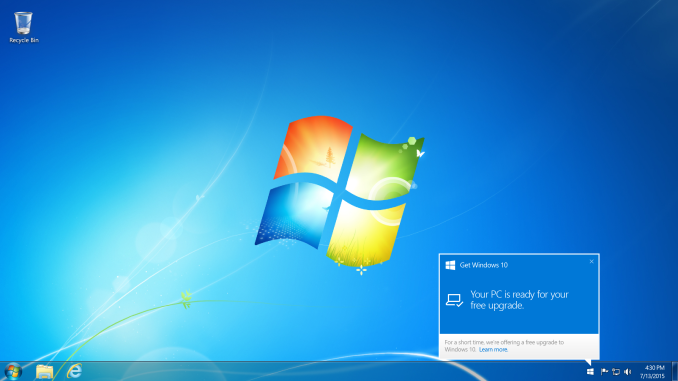
On July 29th, Windows 10 will be released to Windows Insiders first. Yes, you get to be a beta tester again. Following that rollout, the PCs that have accepted the Windows 10 reservation popup that came through Windows Update will be updated in waves. But first, the upgrade process will do a scan of your system to notify you of any incompatible hardware or software. You will be able to continue with the upgrade even if there are incompatibilities in most cases, and the upgrade process will recommend different software from the Windows Store which you can replace it with.
Finally, for business customers, Windows 10 Home and Pro will only be available on July 29th, and those that have access to the Enterprise version will be able to download it starting on August 1st which is ironically a Saturday, but I can’t imagine there are too many businesses that want to move to Windows 10 on day one.
Looking at the calendar, the launch date is quickly approaching. It is less than four weeks now for one of the more pivotal releases of Windows in quite some time.
Source: Windows Blog
More...
-
07-06-15, 07:35 AM #5145
Anandtech: A New Challenger Appears: Realtek Dragon NIC on ECS Z170 Motherboards
When a motherboard manufacturer develops a product, it has to consider which third party controllers are going to be used. When we discuss network controllers, there are several entrants in the market that satisfy a range of prices and marketing opportunities although I perhaps would not call the motherboard network controller market competitive or crowded. When an engineer/sales rep has to choose the controller, depending on the NIC manufacturer there may also be firmware and software additions which add value.
The main entrants in the network controller market for end-users are Intel, Realtek and Killer.
Intel has a range of models in use, such as the I210, I217 and I218 families separated by features but also offer –LM and –V models to differentiate server or enterprise level support. Intel’s hardware doesn’t come with much end-user hardware, although there are third-party companies that can provide a level of extra control. Typically Intel’s solutions are more expensive, but are respected for consistency, performance and control.
Realtek focuses on the budget end of the market, where the 8111 range is found on most motherboards below $150 and most notebooks below $700. Realtek is also known to offer discounts if a manufacturer purchases stock of both its network controllers and the audio controllers, making it more of a value proposition for markets where margins are tight. Technically Realtek also licenses its network management software, which we’ve covered in the past and is too simple for enthusiast levels of control, although we are unsure if this costs any extra for the manufacturers.
The Killer line of network controllers is also a prominent fixture, especially when we consider MSI’s gaming motherboards and laptops, or ASRock’s Fatal1ty motherboards. The focus here is gaming and providing a low-latency solution where possible. The original company that built Killer as a hardware solution was bought by Qualcomm Atheros (who also make NICs) several years ago. Killer thus became more of a software solution (with an interface we have criticized too many times to count), with the Killer NIC being not much more than a base Atheros network controller with a software layer on top. In the past 12 months, Killer has been spun-out again and integrated into Rivet Networks and headed by the original Killer owner, whom I understand wants to develop the package as both a hardware and software implementation going forward. Because of the required software bundling, Killer NICs are more expensive than Realtek and compete with various Intel pricing but offers that gaming branding focus.
With that said, Intel + third-party licensed software is usually the most expensive solution, but judging by the comments our reviews, it also seems to be the best received.
Out of these three, only one is focused on gaming as a specific market, although the other two will offer reasons why their solutions are also applicable for gaming. As a result, Realtek has sensed an opportunity in the market. This is where the Realtek Dragon network controller comes in, and aims to compete directly with the Killer brand for gaming network throughput.
The Dragon NIC is indicated by the model number – 8118AS is the first model from this line. The first recipient of these controllers is going to be ECS’ Z170 line under the L33T branding, specifically the micro-ATX Z170 Blade:
As well as the Z170 Claymore:
Not much is known about the Dragon NIC, with respect to pricing or anything else. We were lucky enough to encounter one of Realtek’s engineers during our meeting with ECS, to which we exchanged business cards and he sent a few screenshots of the upcoming software to be provided with the NIC. Unfortunately they are under NDA, but we have been told that the software is fully customizable by the motherboard manufacturer and on the face of it, it seems to at least be nicer to navigate than the Killer solution, although we’ll wait until ECS’ customization to see how it pans out on actual products.
Realtek also informed us by email that the Dragon provides better performance for small UDP packets (which are apparently what online games mostly use), and that the performance is similar to Killer but power consumption is lower.
As always, a company like Realtek is promising that this is only the beginning, with further updates down the line. So it is worth pointing out here that the situation throws up a number of questions.
Realtek’s naming for the controller is the Dragon. MSI’s logo is a dragon, and thus the obvious linkup should be with MSI, but instead ECS is the first motherboard manufacturer to jump on board. Therein offers a potential element of confusion – the main Dragon brand (MSI) is not using the Dragon NIC, and why?
The answer from MSI is that while they have tested the NIC, they feel that the deal with Killer is far more lucrative. They have built their gaming products with the Killer branding for several years, and thus to jump (in volume) over to the Dragon would introduce confusion in the brand. As a result, Killer is there to stay.
So does this mean Realtek has metaphorically shot itself in the foot? If a main player in the gaming motherboard market, which was the main focus for the branding of the NIC, doesn’t want it and implementing it on other motherboards adds confusion, who would want it? GIGABYTE, ASUS or ASRock wouldn’t want to be associated with the competitor, or get confused with Dragon nomenclature. There’s some method in the madness, as it turns out that some of ECS’ motherboard marketing team are former MSI employees.
While it’s perhaps a good thing to have another entrant into the gaming-specific network market, personally I think that Realtek should have cast the net a little wider, because the Dragon naming is not optimal when the ideal candidate for your product is already happy with their supplier and branding. A different name for the gaming focus (as well as some verification on performance and user experience) might be a prudent direction here to encourage other customers to examine the product at hand.
Gallery: A New Challenger Appears: Realtek Dragon NIC on ECS Z170 Motherboards



More...
-
07-06-15, 07:35 AM #5146
Anandtech: Top Tier CPU Air Coolers Q3 2015: 9-Way Roundup Review
If there is a season for advanced cooling solutions, that season is summer. As temperatures are rising, enthusiasts are easily enticed by high-end cooling solutions, making it easier for companies to market them as well. Today we are having a roundup review to look at nine of the best air-based CPU coolers available.
More...
-
07-06-15, 04:30 PM #5147
Anandtech: AMD Confirms 20nm Products Moved to FinFET, Warns on Q2’15 Earnings
A little bit ago AMD sent out an announcement updating their second quarter 2015. Though we don’t typically publish financial projections, the long and short of it is that AMD is looking to brace investors for a worse than expected Q2, after an already difficult Q1. Soft APU sales are being blamed for dragging down both revenue and gross margins, with AMD now expecting Q2 revenue to be down 8% sequentially, or around $950M, while the non-GAAP gross margin will be just 28%.
Much more interesting however is this little nugget of information buried in the announcement towards the end, offering a short update on AMD’s 20nm plans. AMD had previously announced their intentions to bring out some products at 20nm – these were most likely just APUs, with the only one we explicitly know about being the now-canceled Skybridge. In any case, AMD is now confirming that they have moved several of their 20nm designs to a “leading-edge FinFET node,” and as far as we know AMD no longer has any further 20nm projects in the pipeline. AMD’s press release does not state which foundries these products are now at – or indeed if they’re at multiple foundries – so it’s unknown at this time whether the work is at TSMC, GlobalFoundries, or split between the two of them.
The rationale for announcing this shift at this time comes from the financial aspect. AMD will be taking a $33M charge to their GAAP gross margin as part of the work required to move these designs to a new node. Jumping to FinFET nodes should improve the competitiveness of these products, and greatly so in the case of anything that needs to clock high or is otherwise heavily exposed to leakage, but of course this will take additional time and engineering resources in order to transition these products.
We expect AMD to discuss the issue in at least a bit more depth later next week, when they hold their Q2 earnings call on July 16th.
More...
-
07-06-15, 09:30 PM #5148
Anandtech: Microsoft Rebrands Entertainment Apps
What’s in a name, you may ask yourself. Branding is likely one of the more difficult tasks out there, and companies like Microsoft seem to move around on branding, and what seems like a good naming decision at the time can be shown to be the wrong move with the benefit of hindsight. So it was for Microsoft’s Zune brand, which consisted of not only the Zune media players but also PC software and services. The Zune name was killed off and replaced with one of the stronger brands for Microsoft on the consumer side, with it being replaced with Xbox Music and Xbox Video a couple of years ago.
While the Xbox name is well known, it is also well known for a gaming system, and not necessarily media. The Xbox One pushed media as one of its strengths when it was launched, but perhaps it was pushed too hard at the expense of gaming, and over the last year or so Microsoft has been pushing the Xbox brand as a gaming brand. So I suppose it should come as no surprise that the Xbox Music and Xbox Video brands are being phased out. They do not fit in with the gaming brand, and they don’t necessarily reflect the actual services very well either.
Xbox Music is being renamed Groove, which at least fits in with the music theme. Like I said before – branding is hard. Perhaps it is also an attempt to at least have the service mentioned, since it certainly seems to be the forgotten music service. Apple recently released their Apple Music service to great fanfare, but in almost all comparisons it was compared to Spotify and Google Music, and not Xbox Music. Xbox Music, now Groove, formerly Zune, has been an all-in-one music service for some time. Way back in the Zune days it even offered a paid streaming tier which originally included ten MP3s to download per month to keep for the $14.99 per month price, which I believe was an attempt to bridge the gap between people who were used to owning music rather than paying to stream music. In 2011 the price was reduced to the now familiar $9.99 per month or $99 per year, but the ten bonus tracks to keep was taken away.
Now we have Groove, which is really just the same as Xbox Music, but at least no one should be confused into thinking they require and Xbox to use it (and yes, I’ve heard that exact complaint before) and other than the name change, it continues as the same service as Xbox Music. It offers à la carte music purchase, or full album purchase. If you want to stream music to the app, you can simply copy your mp3 files to the OneDrive music folder, and it will give you free streaming of your collection. It also offers the paid tier which grants access to the entire music library, which is somewhere around thirty million songs. Microsoft offers monthly purchase for $9.99, or annual payments of $99.99, so you can save a bit by purchasing an annual plan. They also offer some pretty steep discounts around Black Friday, with an annual pass being as low as $30 or so.
One thing that it used to offer back in the Zune days was playlists created by real people, but with the demise of Zune this has also gone away. They offer a “radio” feature, but it is just an algorithm that picks music based on a song or artist. Perhaps with Groove they will update the service to include more social features and make it easy to share playlists, but at the moment it does not offer much in the way of social. What it does offer though is availability. There is a client for Windows 8, Windows 10, Windows Phone, iOS, Android, Xbox, and even on the web. The iOS and Android apps are not as full featured, with those platforms lacking the free OneDrive support, but that support is coming soon.
Xbox Video is also being renamed to a very bland but descriptive Movies & TV. Once again, I believe there was some confusion that Xbox Video required an Xbox, which was never the case.
Xbox Video used to be the place to buy and rent movies as well, but that functionality is being migrated over to the Windows Store to make it the one place you go to do any of your purchases.
I’m an Xbox Music subscriber, and have been happy with the service. The rename to Groove makes sense but they will have to work hard to build up that brand if they want it to succeed. There certainly was some confusion with the names being under the Xbox umbrella, and the Xbox brand has been more focused on gaming over the last while so these change were needed. And after all, what’s in a name?
Source: Windows Blog
More...
-
07-07-15, 03:30 AM #5149
Anandtech: NVIDIA @ ICML 2015: CUDA 7.5, cuDNN 3, & DIGITS 2 Announced
Taking place this week in Lille, France is the 2015 International Conference on Machine Learning, or ICML. Now in its 32nd year, the annual event is one of the major international conferences focusing on machine learning. Coinciding with this conference are a number of machine learning announcements, and with NVIDIA now heavily investing in machine learning as part of their 2015 Maxwell and Tegra X1 initiatives with a specific focus on deep neural networks, NVIDIA is at the show this year to release some announcements of their own.
All-told, NVIDIA is announcing new releases for three of their major software libraries/environments, CUDA, cuDNN, and DIGITS. While NVIDIA is primarily in the business of selling hardware, the company has for some time now focused on the larger GPU compute ecosystem as a whole as a key to their success. Putting together useful and important libraries for developers helps to make GPU development easier and to attract developer interest from other platforms. Today’s announcements in turn are Maxwell and FP16-centric, with NVIDIA laying the groundwork for neural networks and other half-precision compute tasks which the company believes will be important going forward. Though the company only has a single product so far that has a higher performance FP16 mode – Tegra X1 – it has more than subtly been hinted at that the next-generation Pascal GPUs will incorporate similar functionality, making for all the more reason for NVIDIA to get the software out in advance.
CUDA 7.5
Starting things off we have CUDA 7.5, which is now available as a release candidate. The latest update for NVIDIA’s GPU compute platform is a smaller release as one would expect for a half-version update, and is primarily focused on laying the API groundwork for FP16. To that end CUDA 7.5 introduces proper support for FP16 data, and while non-Tegra GPUs still don’t receive a compute performance benefit from using FP16 data, they do benefit from reduced memory pressure. So for the moment NVIDIA is enabling this feature for developers to take advantage of any performance benefits from the reduced memory bandwidth needs and/or allowing for larger datasets in the same amount of GPU memory.
Meanwhile CUDA 7.5 is also introducing new instruction level profiling support. NVIDIA’s existing profiling tools (e.g. Visual Profiler) already go fairly deep, but now the company is looking to go one step further in helping developers identify specific code segments and instructions that may be holding back performance.
cuDNN 3
NVIDIA’s second software announcement of the day is the latest version of the CUDA Deep Neural Network library (cuDNN), NVIDIA’s collection of GPU accelerated neural networking functions, which is now up to version 3. Going hand-in-hand with CUDA 7.5, a big focus on cuDNN 3 is support for FP16 data formats for existing NVIDIA GPUs in order to allow for more efficient memory and memory bandwidth utilization, and ultimately larger data sets.
Meanwhile separate from NVIDIA’s FP16 optimizations, cuDNN 3 also includes some optimized routines for Maxwell GPUs to speed up overall performance. NVIDA is telling us that FFT convolutions and 2D convolutions have both been added as optimized functions here, and that they are touting an up to 2x increase in neural network training performance on Maxwell GPUs.
DIGITS 2
Finally, built on top of CUDA and cuDNN is DIGITS, NVIDIA’s middleware for deep learning GPU training. First introduced just back in March at the 2015 GPU Technology Conference, NVIDIA is rapidly iterating on the software with version 2 of the package. DIGITS, in a nutshell, is NVIDIA’s higher-level neural network software for general scientists and researchers (as opposed to programmers), offering a more complete neural network training system for those users who may not be accomplished computer programmers or neural network researchers.
DIGITS 2 in turn introduces support for training neural networks over multiple GPUs, going hand-in-hand with NVIDIA’s previously announced DIGITS DevBox (which is built from 4 GTX Titan Xs). All things considered the performance gains from using multiple GPUs are not all that spectacular – NVIDIA is touting just a 2x performance increase in going from 1 to 4 GPUs – though for performance-bound training this none the less helps. Looking at NVIDIA’s own data, it looks like scaling from 1 to 2 GPUs is rather good, but scaling from 2 to 4 GPUs is where the performance gains from scaling slow down, presumably due to a combination of bus traffic and synchronization issues over a larger number of GPUs. Though on that note, it does make me curious whether the Pascal GPUs and their NVLink buses will improving multi-GPU scaling at all in this scenario.
In any case, the preview release of DIGITS 2 is now available from NVIDIA, though the company has not stated when a final version will be made available.
More...
-
07-07-15, 07:32 AM #5150
Anandtech: The MSI HQ Tour: Design 101
This year marked my fifth year at Computex, starting from 2011. Out of the trade shows I attend each year, it ranks as number one for a variety of reasons – the location (Taiwan) is a great country to visit and experience, most of the PC component companies I deal with on a day-to-day basis are there, and every year there tends to be a number of big launches either just before, during, or immediately after. Each year of my Computex visits, we have synchronized with a company in order to obtain both a tour of the headquarters as well as a high profile interview. This year we had a chance to visit MSI, based in the Zhonghe district of New Taipei City.
More...
Thread Information
Users Browsing this Thread
There are currently 50 users browsing this thread. (0 members and 50 guests)





 Quote
Quote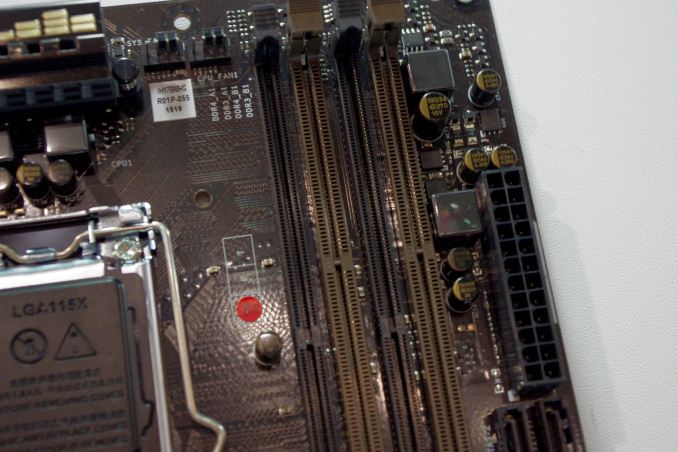
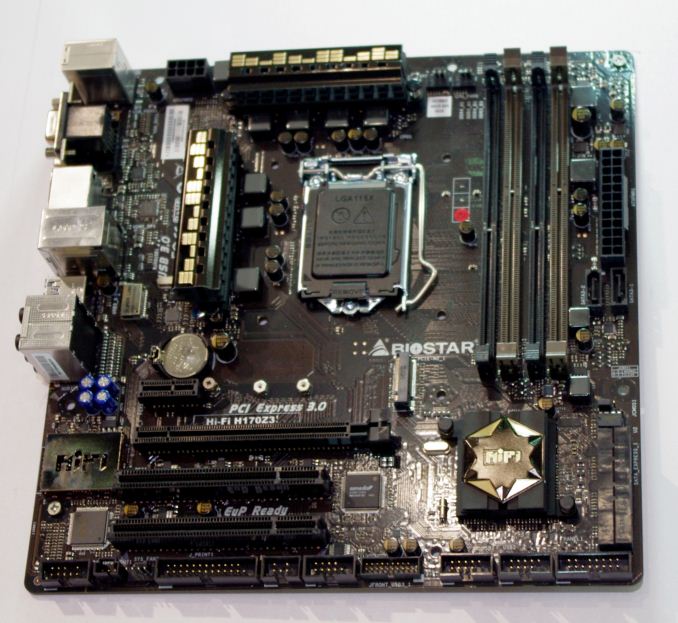
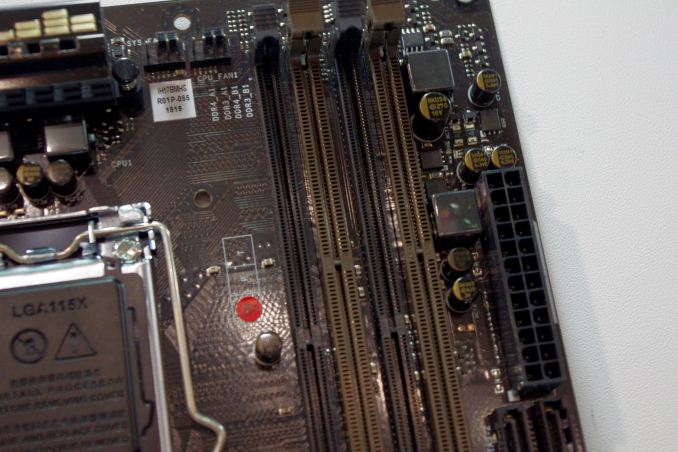
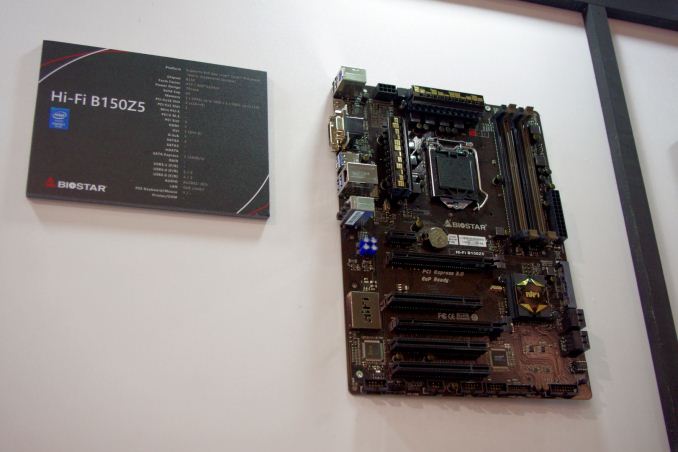

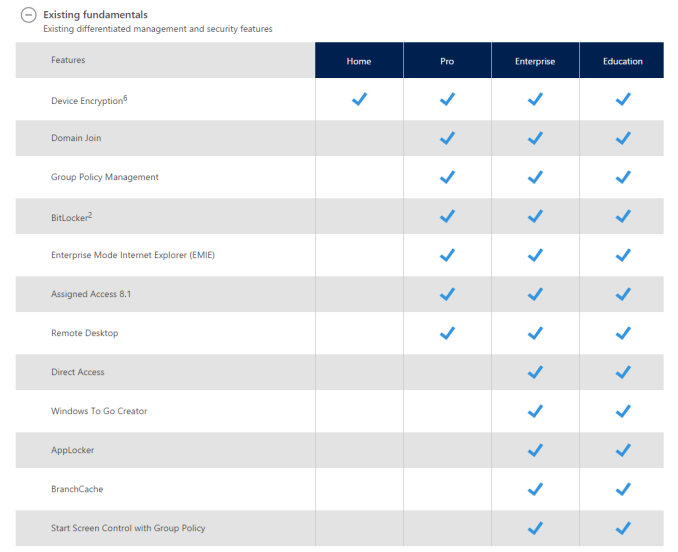
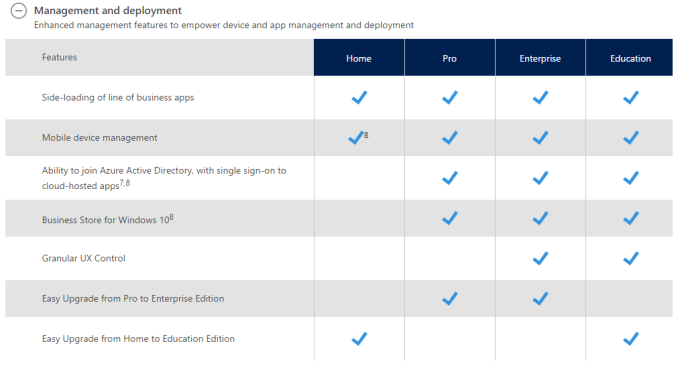
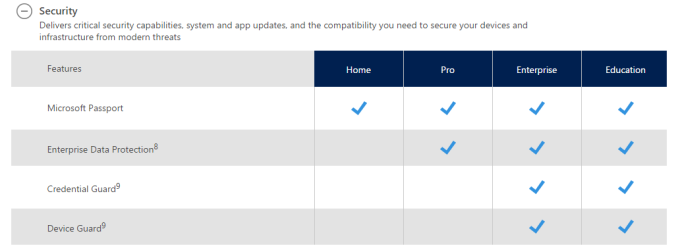
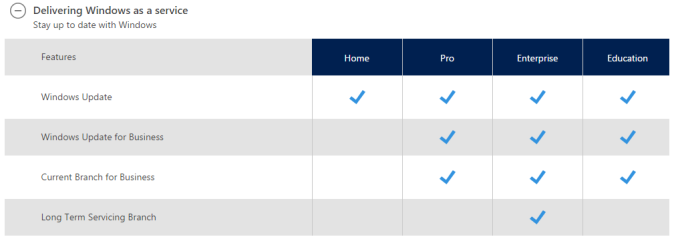

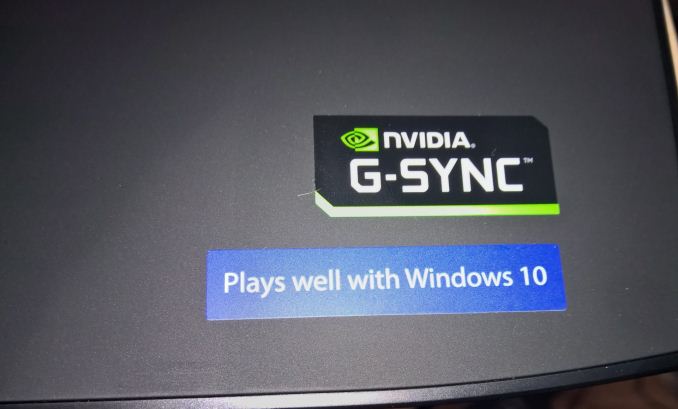
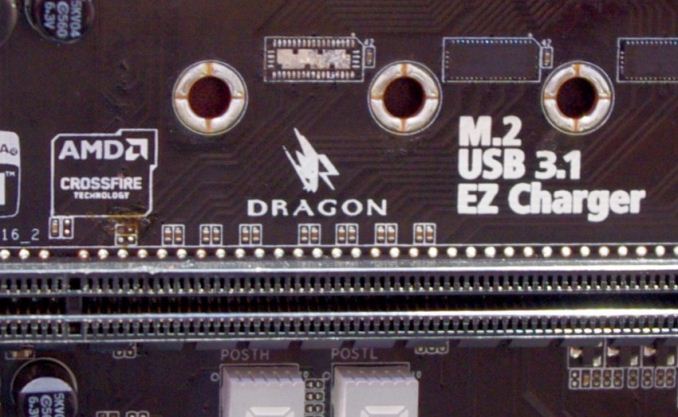
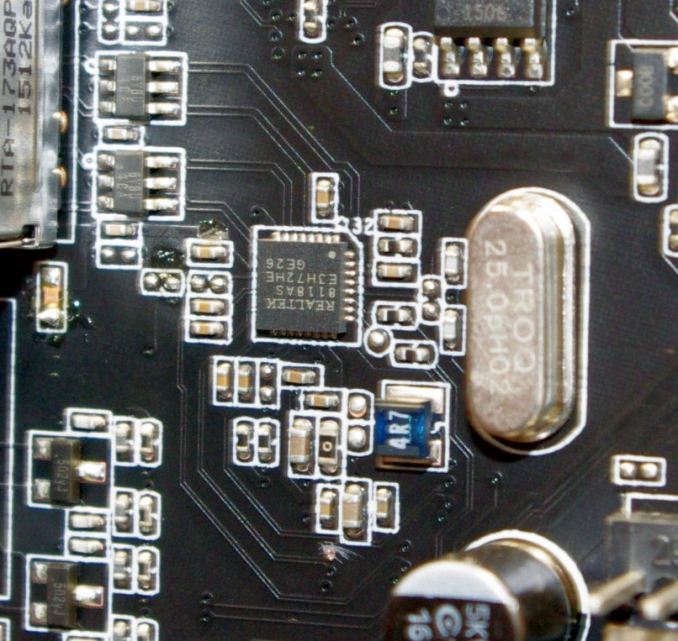
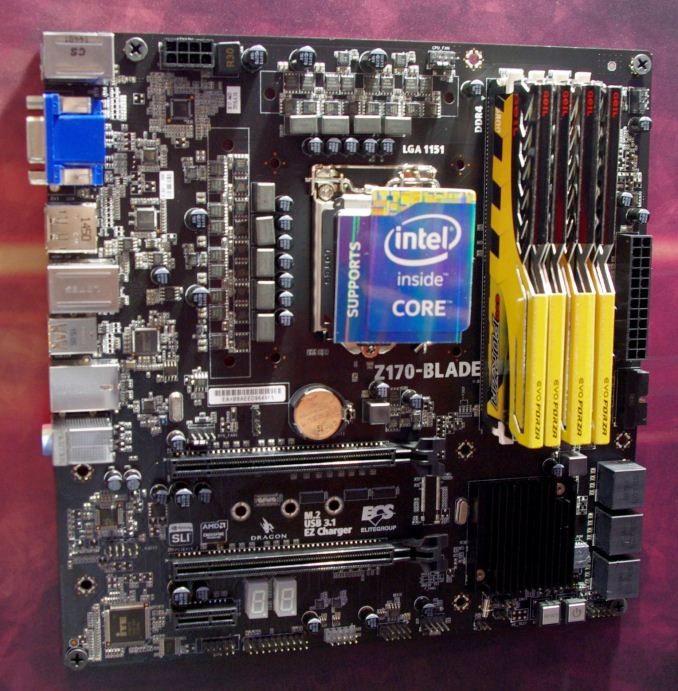
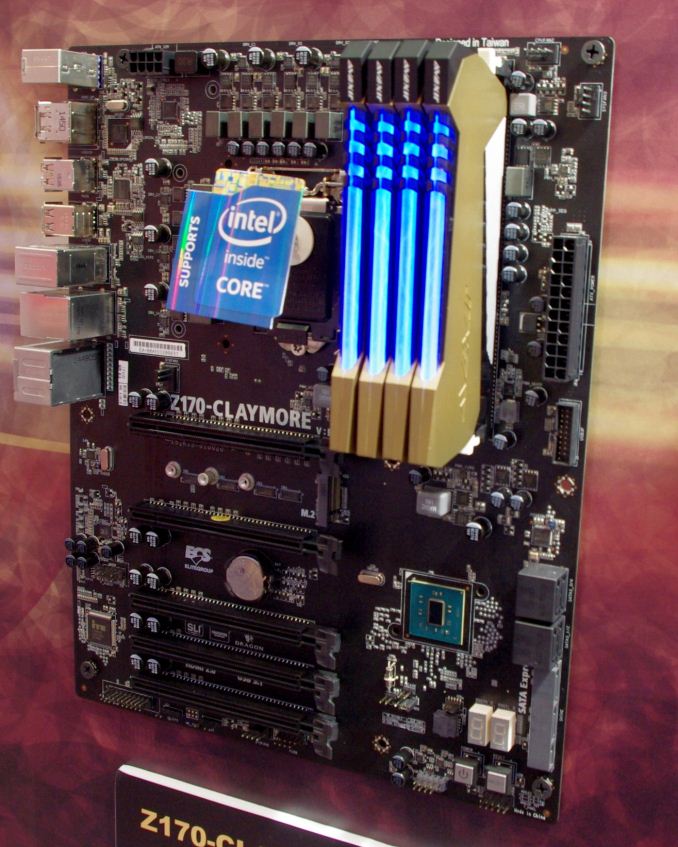





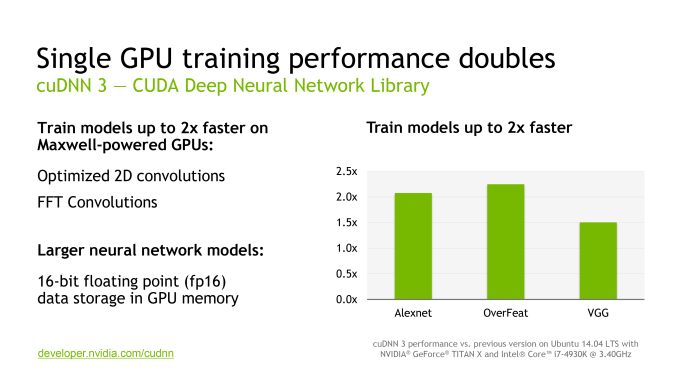
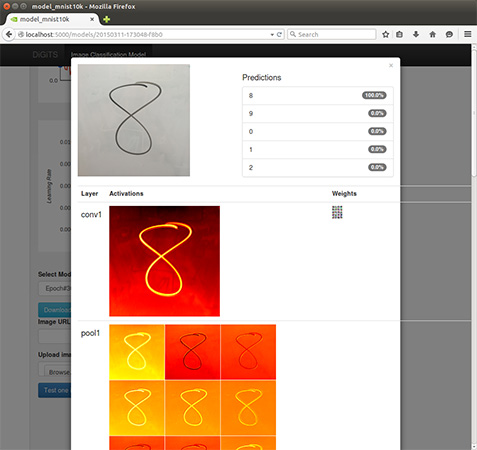
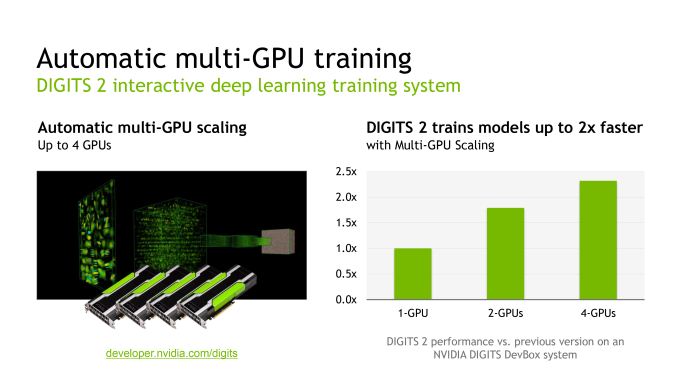
















Bookmarks